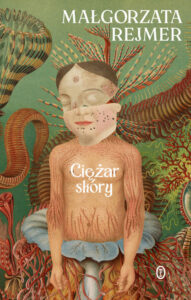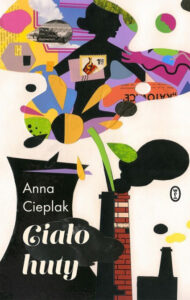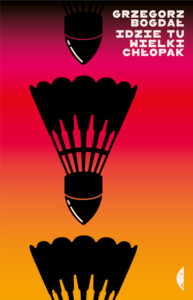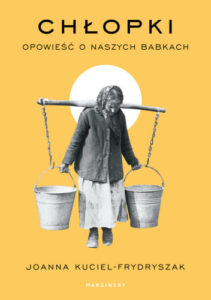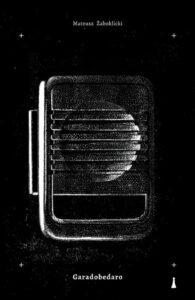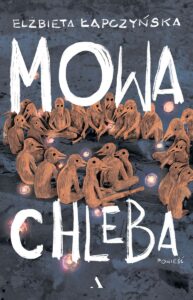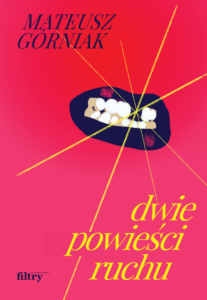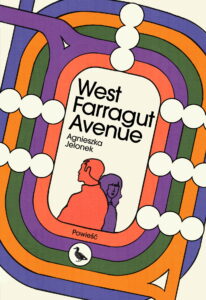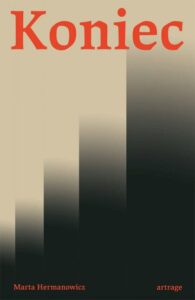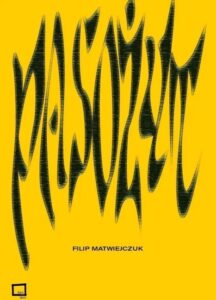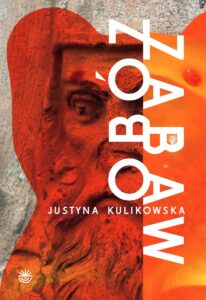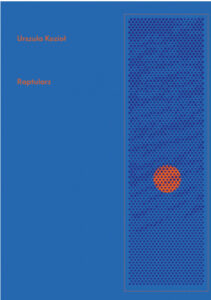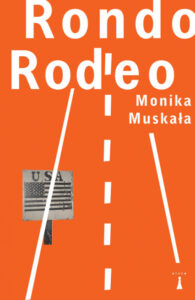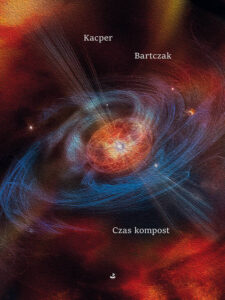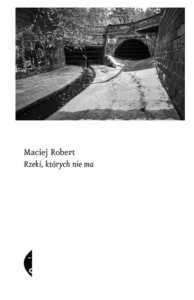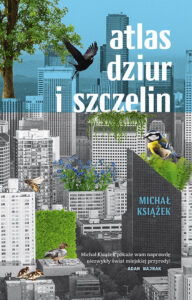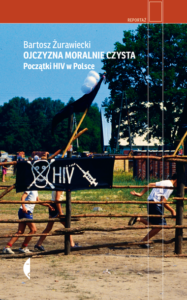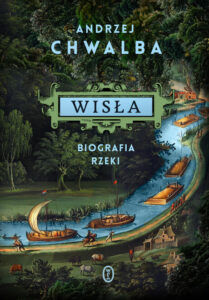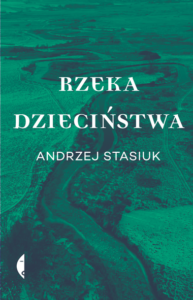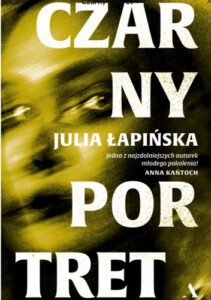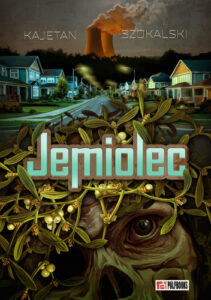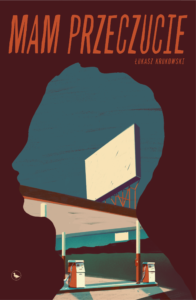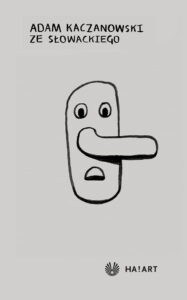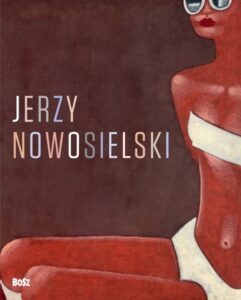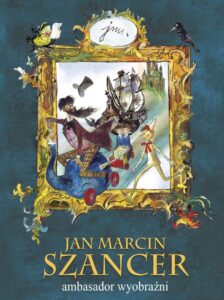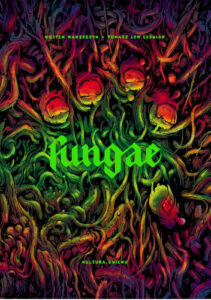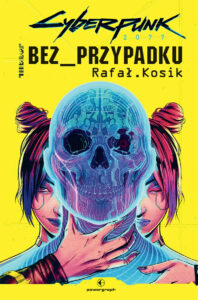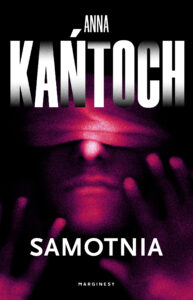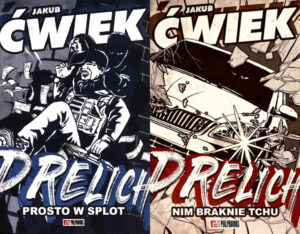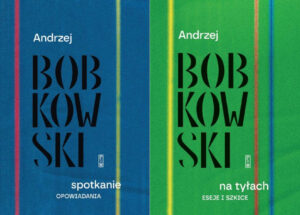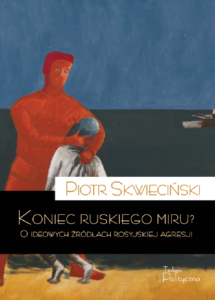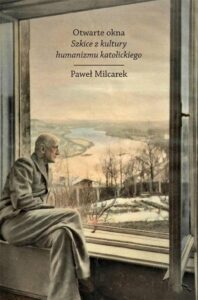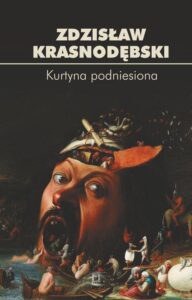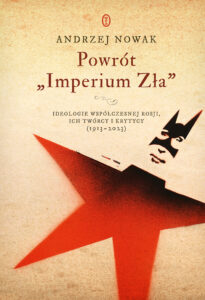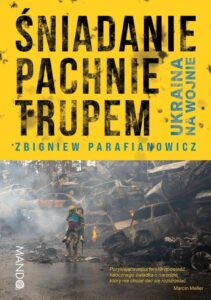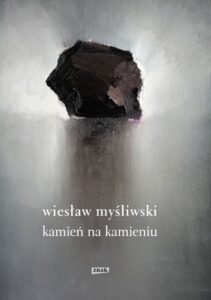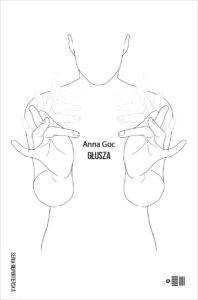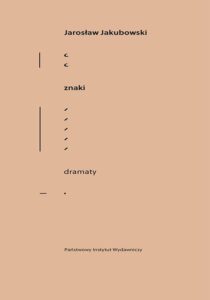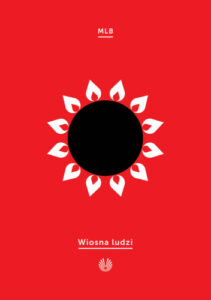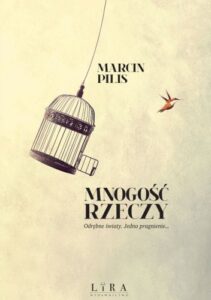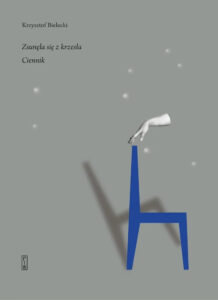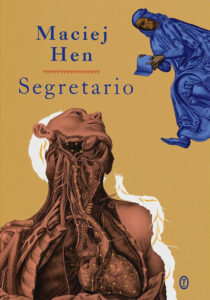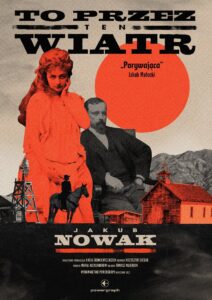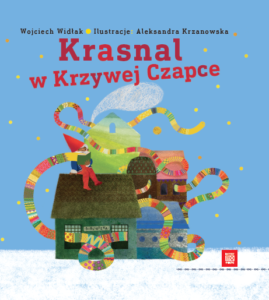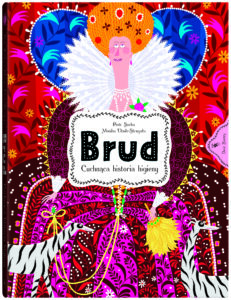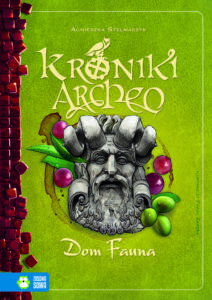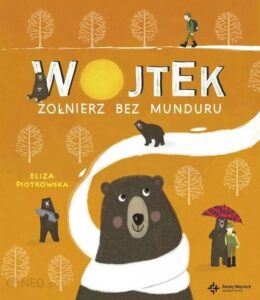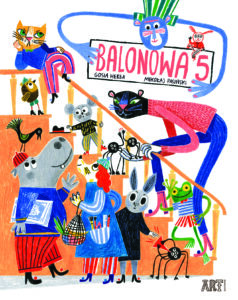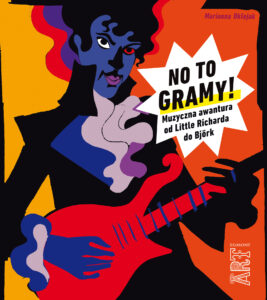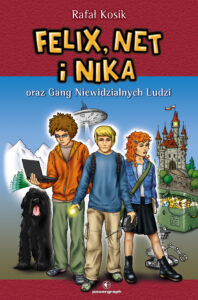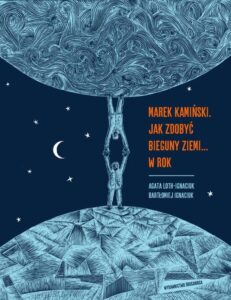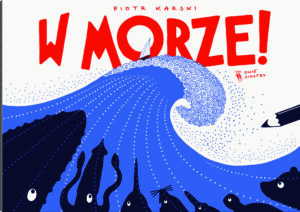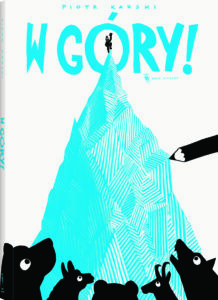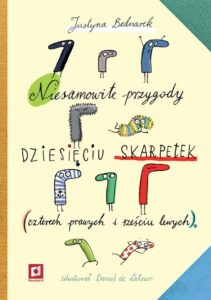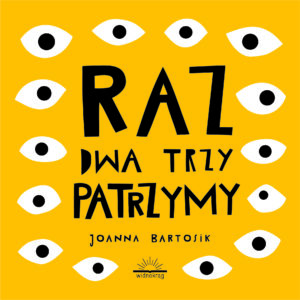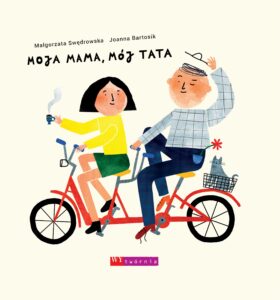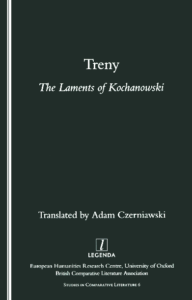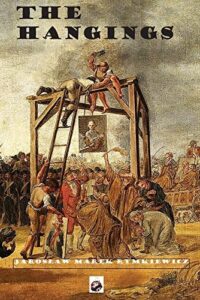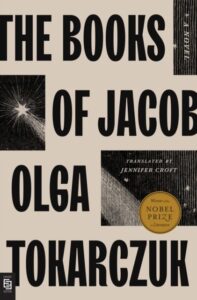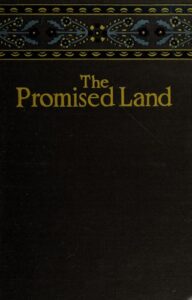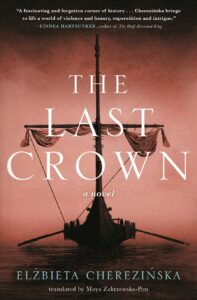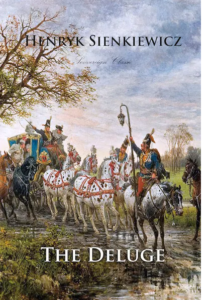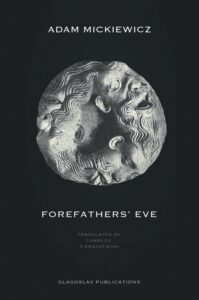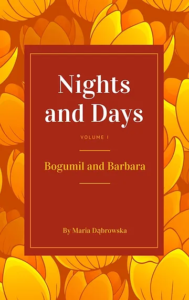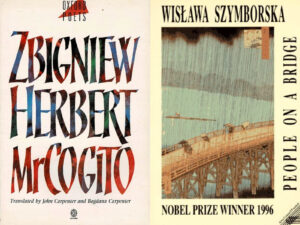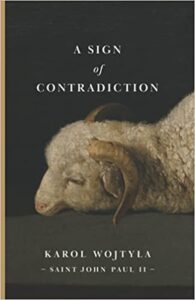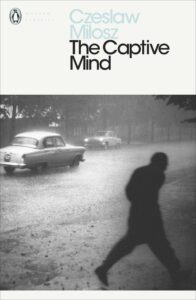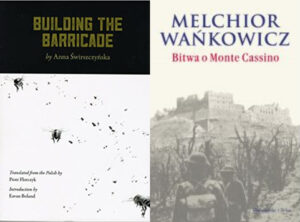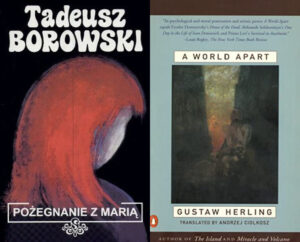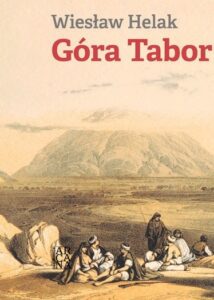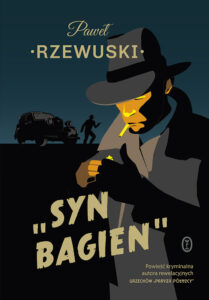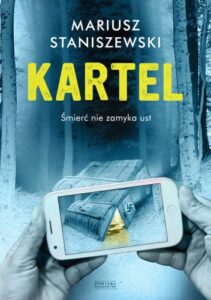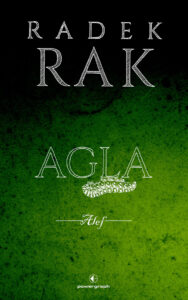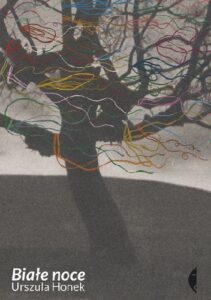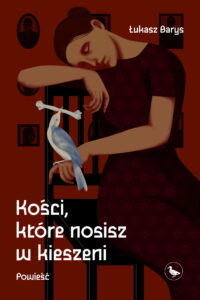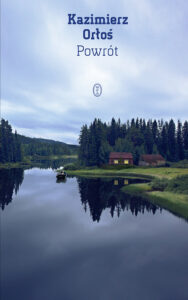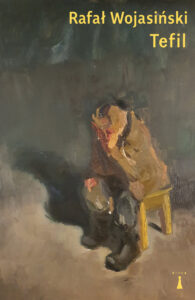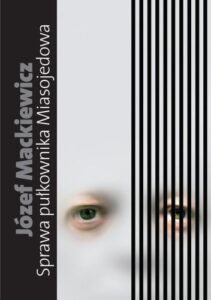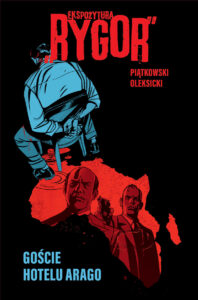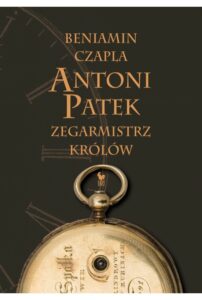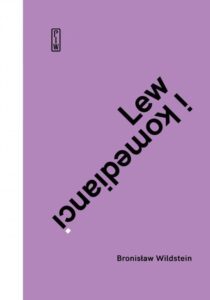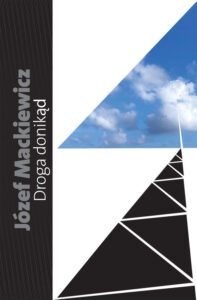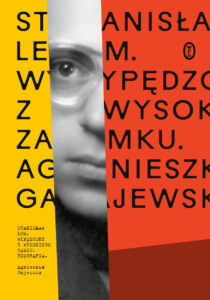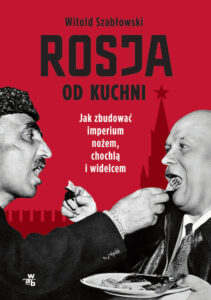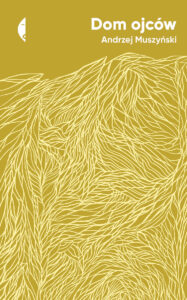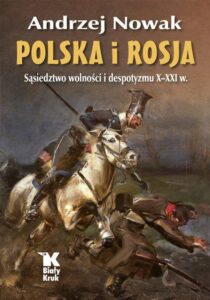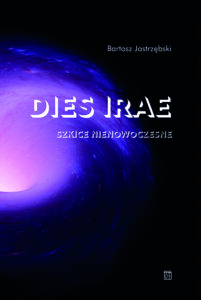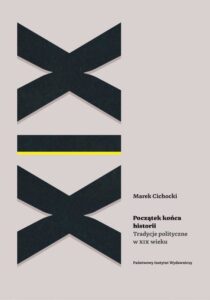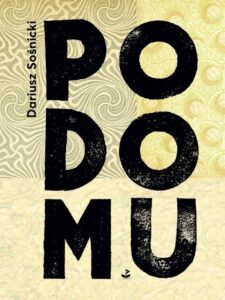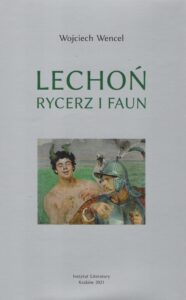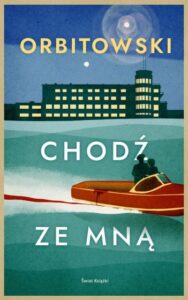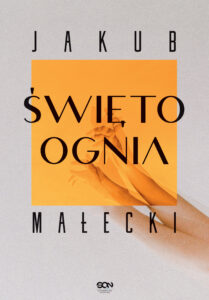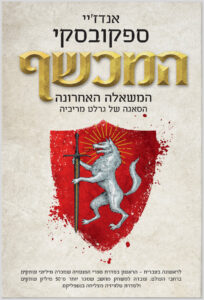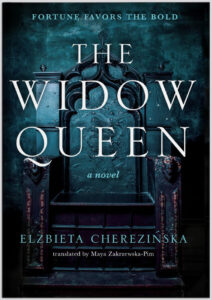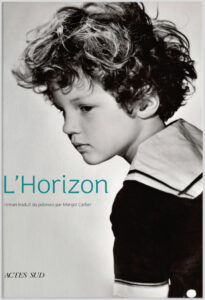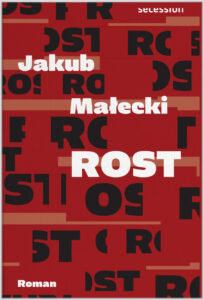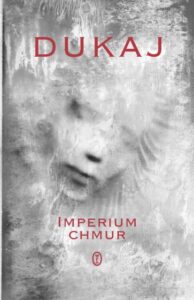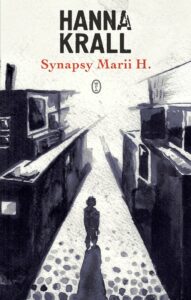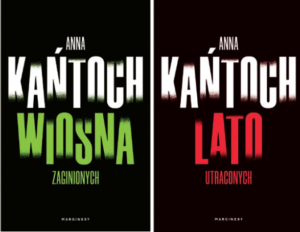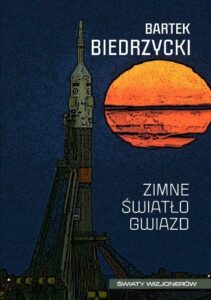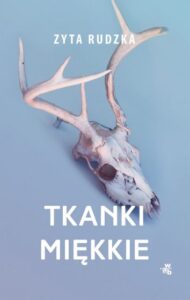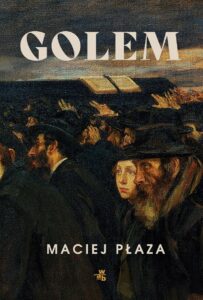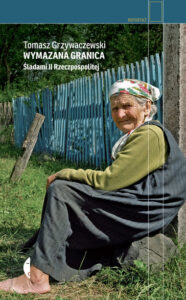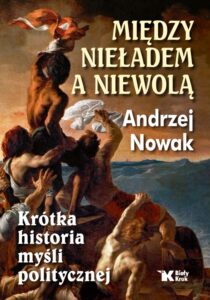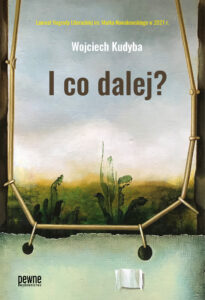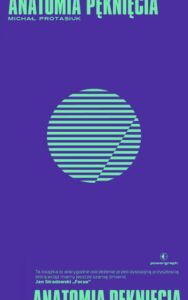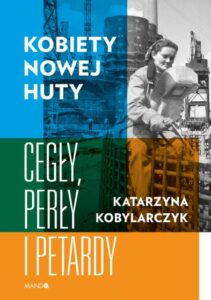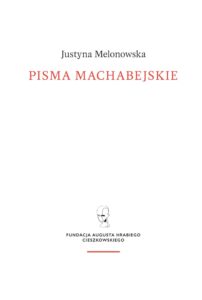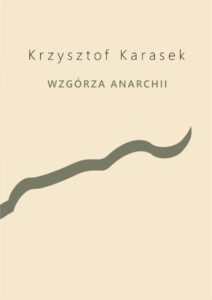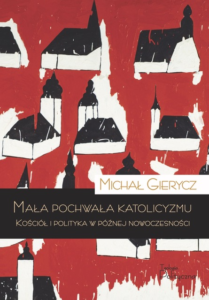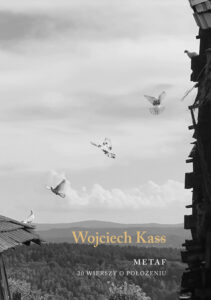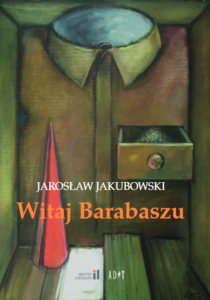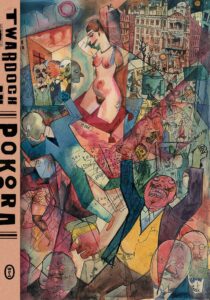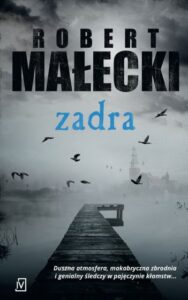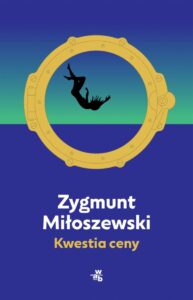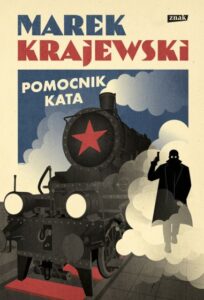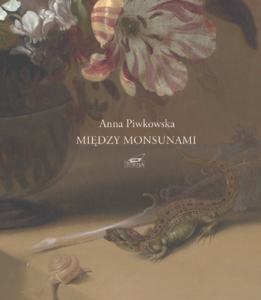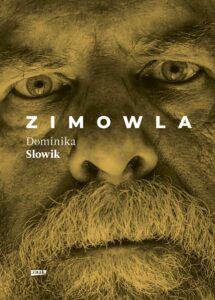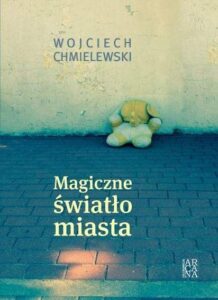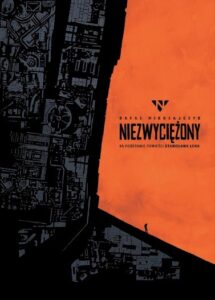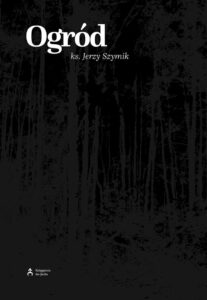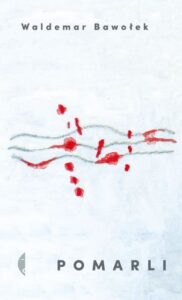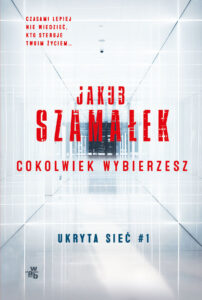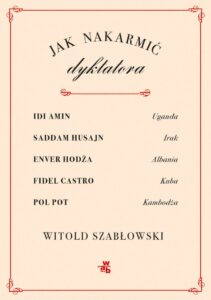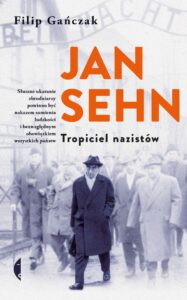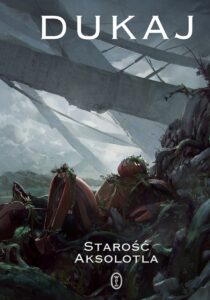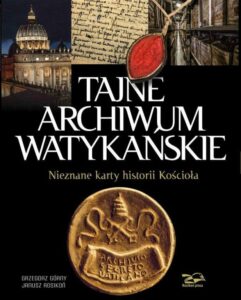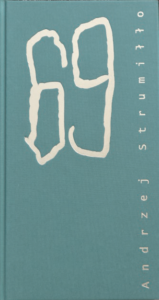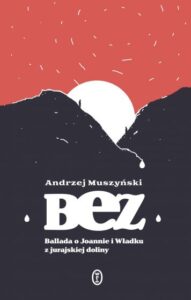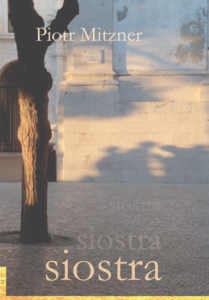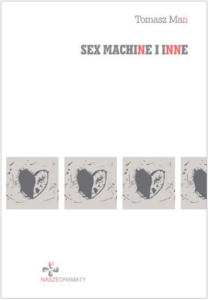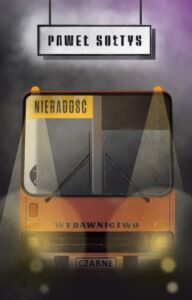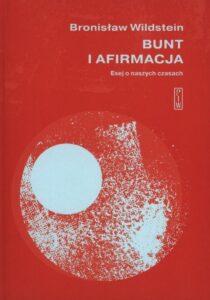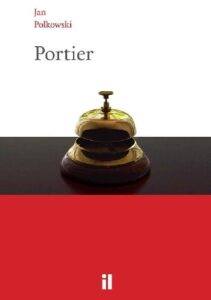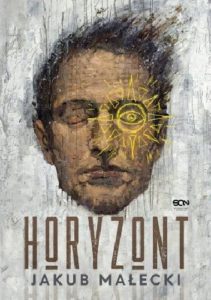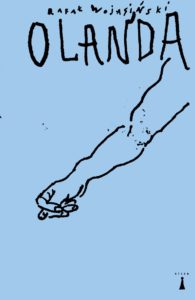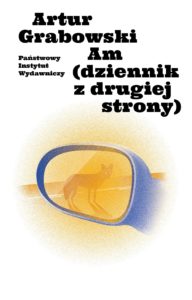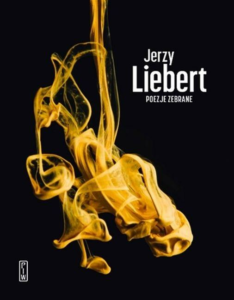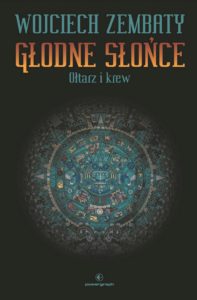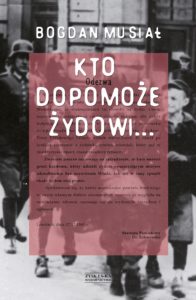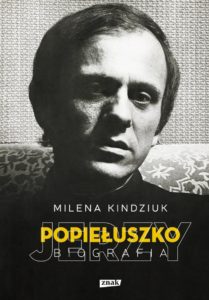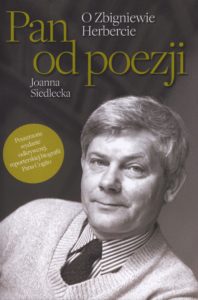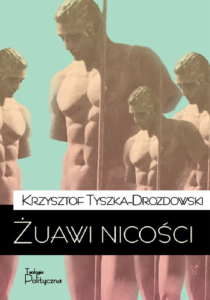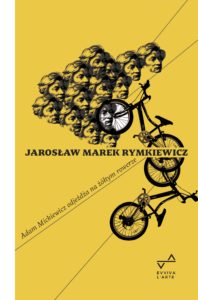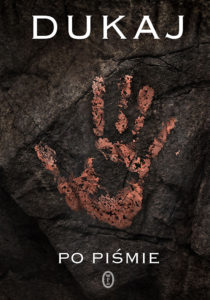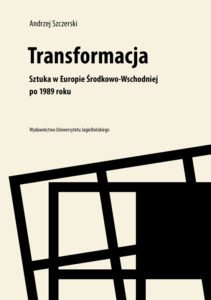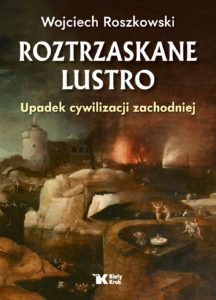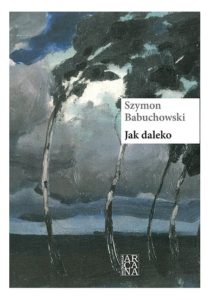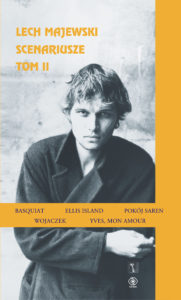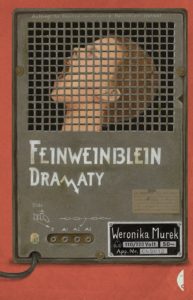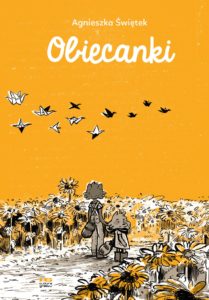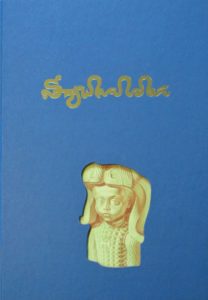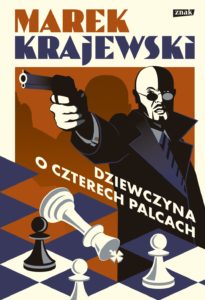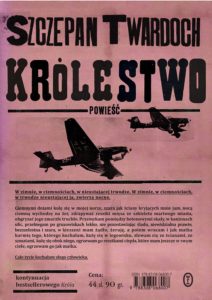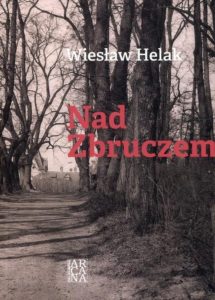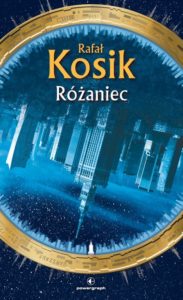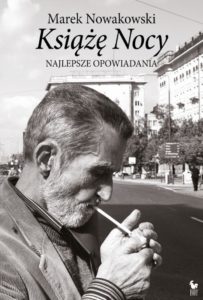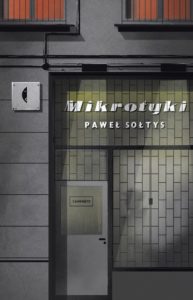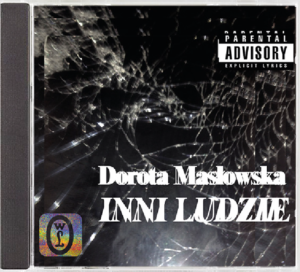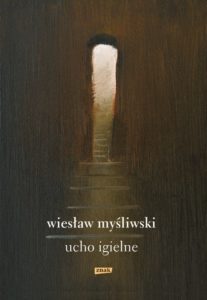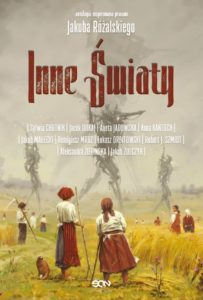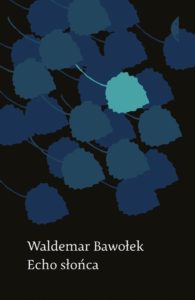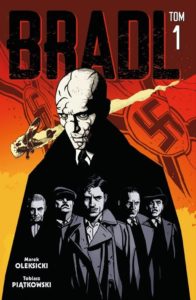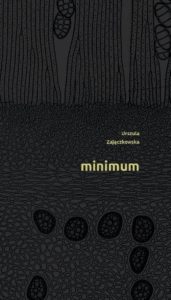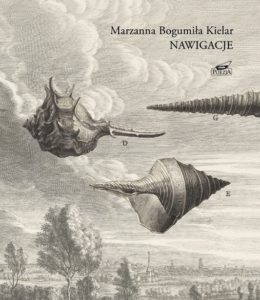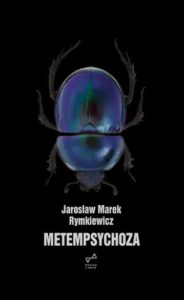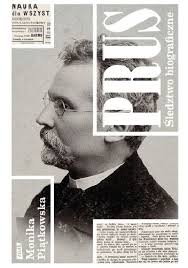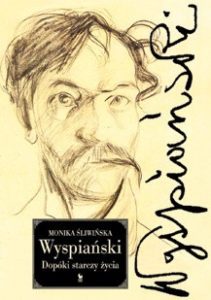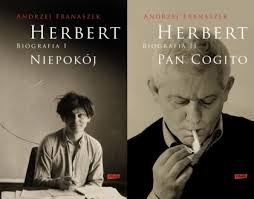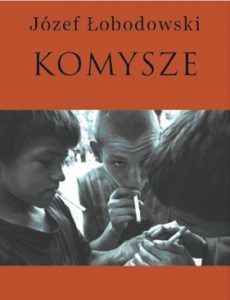A novel with an astounding richness of imagination about the future of humanity
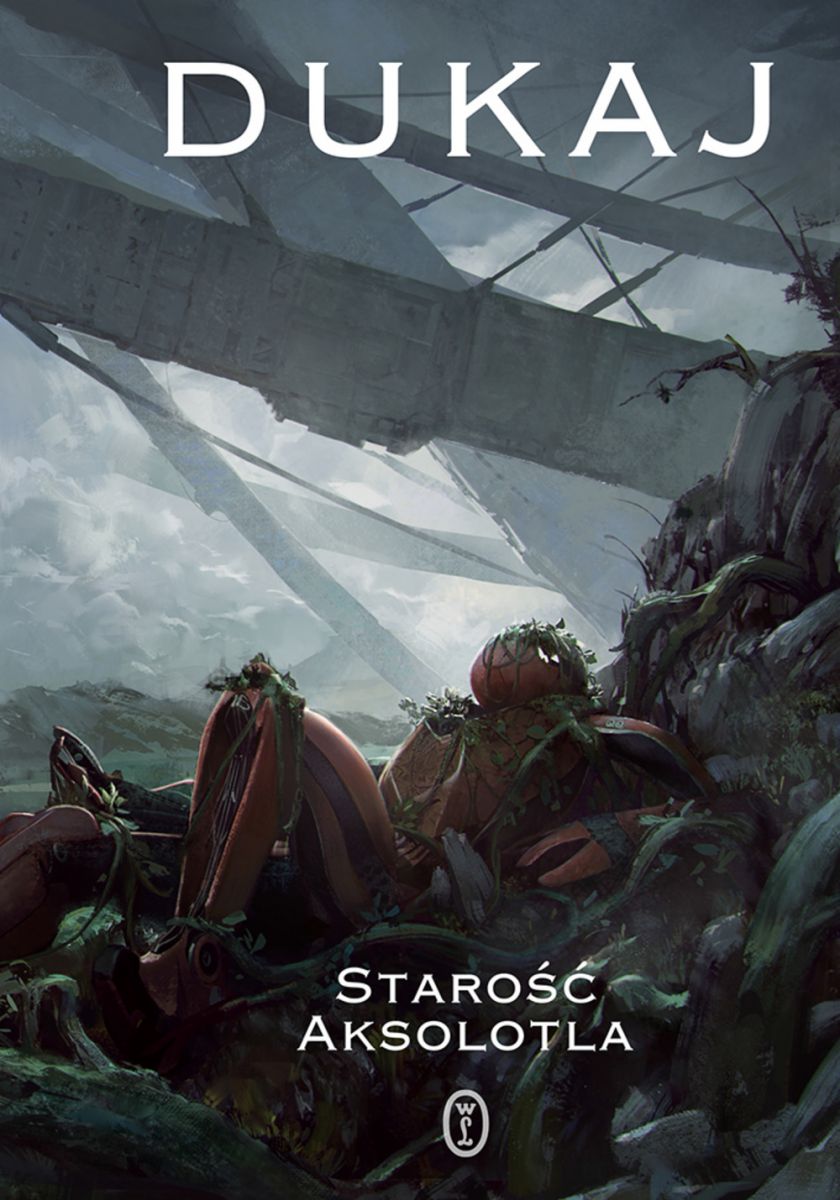
‘Another vodka?’
‘Hit me.’
Steel fingers grip the delicate glass with surgical precision. There are special programs to support the motor skills required for vodka drinking.
Of course, they cannot really drink vodka, and the drinks are mere mock-ups. They cannot drink anything, they cannot eat anything – quarter-tonne mechs in the Chūō Akachōchin bar. All they can do is perform these gestures of life, laboriously repeating the customs of bygone biology.
A barman in the shell of a mechanised barman pours out the Smirnoff. His three-jointed arm brushes against the polymer mitt of a transformer-playing bar customer with the same desperation. The grating sound is audible even under Hauer’s monologue.
That’s the real curse, thinks Bart. Metal on metal, heart on heart, and every awkward moment multiplies the pathos of loneliness a thousand times. As if under a microscope. As if projected on a hundred-hectare screen. We are monstrous shadows and scrapheaps of human beings, the molybdenum despair of empty hearts.
Manga blues – they sit on the Chūō Akachōchin terrace, under the last red lanterns, sad robots regaling one another with legends.
The first legend is about man.
‘It had wings like a butterfly’s dream,’ says Dagenskyoll, his shoulder speaker crackling slightly on the sibilant consonants. ‘Propellers that whirred into light-blue rainbows. Dawntreader XII, all nanofibers and carbon fibre, an angel stingray cross,’ he continues, his chest screen displaying sketches and schematic diagrams of the plane ripped from Google caches. ‘Wingspan: 78 metres. Mass: 1.64 tonnes. It had just been serviced; they kept it in a hangar at the airport in Dallas. When the Death Ray hit the other hemisphere, they had enough time to load their families, some provisions, and equipment. They took off with a several-hour head start on the Meridian. The Earth rotates at a speed of 1,674 kilometres an hour – but that’s at the equator. The Dawntreader couldn’t go faster than 300 kilometres an hour, so in order to keep ahead of the Death Meridian, they had to stay above the eightieth parallel. Of all the solar aircraft, only the Dawntreader could manage it.’ Dagenskyoll displays the structure of the photoelectric cells that cover the wings and fuselage of the plane. In the pictures they really do shimmer like butterflies in the sun. ‘By their second circuit they were flying above an Earth roasted clean of all its organic life. Only machines answered their radio calls: the automatic systems of airports and armies. When the Ray died out after one hundred and seventy- seven hours, they could only reach this conclusion from the information being transmitted by machines from the other hemisphere. They made no contact with any transformers; they did not go online. They flew on. Votes were held on board the Dawntreader: to land or not to land? Should they land for a short while, stock up on provisions and then fly on, or wait and find out whether the Ray had really died out? In the end they split up. After two weeks, some of them had had enough, so they touched down somewhere in the north of Greenland, on a runway near an ice settlement, stocked up on water and food, offloaded the unwilling, and took off again.’ Dagenskyoll raises one of his four skeletal-mosaic arms and points to the zenith of the starless sky over Tokyo. ‘They’re still up there, flying, circling above us in the transoceanic heights.’
Excerpt translated by Stanley Bill
A novel with an astounding richness of imagination about the future of humanity

Translation rights: Andrew Nurnberg Associates Warsaw, anna.rucinska@nurnberg.pl
Foreign language translations: Rights to the Old Axolotl have been sold to Hungary, Russia and Ukraine. Rights to the full English translation by Stanley Bill available. Other works by Dukaj works have been published in Czech Republic, Hungary, Italy, Macedonia, and Slovakia. The UK edition of Lód is in progress.
Like with Hitchcock: we start with the apocalypse, but from there, the tension only builds. Earth is hit by deep-space radiation of unknown origin, annihilating all organisms to the level of bacteria. The only ones able to escape destruction are a few thousand people who have copied their minds onto hard disks and into mechanical robot bodies. Thus begins humanity’s afterlife, with the creation of the “transformers”: humans inside industrial robots, sex- androids and automated medical assistants. Following the initial shock, they begin rebuilding civilization. But what form will it take, now that they know a biological body is no precondition for existence? This new hardware society causes changes in politics, sociology and psychology – religions of metal spring up and wars for resources break out. Will the transformers be able to recreate biological life? If so, in what form? And most important of all – who caused the destruction that reset the Earth? Does some objective cosmic process lie behind it, or an alien civilization with reasons of its own?
The Old Axolotl started out as an innovative e-book built out with a layer of expanded notes including more stories about the world described, as well as a range of cover Now that format has been skilfully translated into a more traditional medium. Jacek Dukaj has written a novel with an astounding richness of imagination about the future of humanity and needing to redefine what it means to be human. Just a single episode of The Old Axolotl became a well-received series on Netflix: the legend of a group of survivors on a plane who avoided the Death Rays by remaining above the surface. The story holds many more such fascinating motifs. This is how the world ends: not with a bang, but with the screech of metal.
Michał Cetnarowski
Translated by Sean Gasper Bye
***
Selected samples
She climbed her first peaks in a headscarf at a time when women in the mountains were treated by climbers as an additional backpack. It was with her that female alpinism began! She gained recognition in a spectacular way. The path was considered a crossing for madmen. Especially since the tragic accident in 1929, preserved … Continue reading “Halina”
First, Marysia, a student of an exclusive private school in Warsaw’s Mokotów district, dies under the wheels of a train. Her teacher, Elżbieta, tries to find out what really happened. She starts a private investigation only soon to perish herself. But her body disappears, and the only people who have seen anything are Gniewomir, a … Continue reading “Wound”
A young girl, Regina Wieczorek, was found dead on the beach. She was nineteen years old and had no enemies. Fortunately, the culprit was quickly found. At least, that’s what the militia think. Meanwhile, one day in November, Jan Kowalski appears at the police station. He claims to have killed not only Regina but also … Continue reading “Penance”
The year is 1922. A dangerous time of breakthrough. In the Eastern Borderlands of the Republic of Poland, Bolshevik gangs sow terror, leaving behind the corpses of men and disgraced women. A ruthless secret intelligence race takes place between the Lviv-Warsaw-Free City of Gdańsk line. Lviv investigator Edward Popielski, called Łysy (“Hairless”), receives an offer … Continue reading “A Girl with Four Fingers”
This question is closely related to the next one, namely: if any goal exists, does life lead us to that goal in an orderly manner? In other words, is everything that happens to us just a set of chaotic events that, combined together, do not form a whole? To understand how the concept of providence … Continue reading “Order and Love”
The work of Józef Łobodowski (1909-1988) – a remarkable poet, prose writer, and translator, who spent most of his life in exile – is slowly being revived in Poland. Łobodowski’s brilliant three- volume novel, composed on an epic scale, concerns the fate of families and orphans unmoored by the Bolshevik Revolution and civil war and … Continue reading “Ukrainian Trilogy: Thickets, The Settlement, The Way Back”
